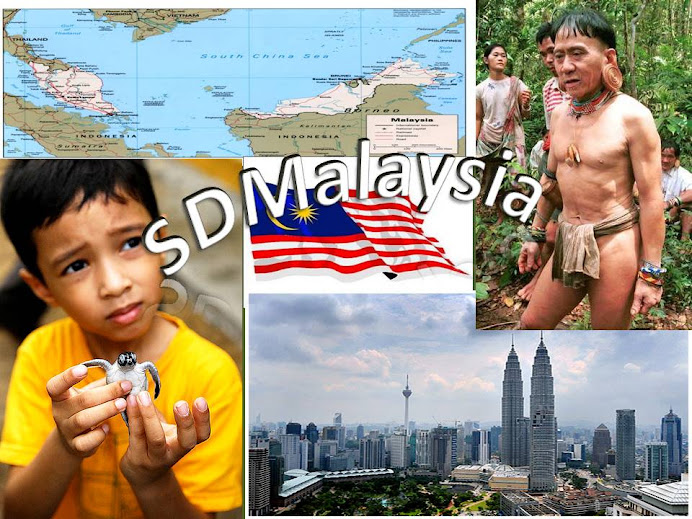Green Building Index (GBI) is recognized as Malaysia’s green
rating tool for building to promote sustainability in built environment and raise awareness among the construction industry players.
The GBI
is very comprehensive and covers almost every aspect of construction process. However, I will focus on discussing on
waste management during construction. This
requirement comes under fourth category of the GBI, which is Material and Resources with sub-category of
material reuse and selection, storage & collection of recyclables and
construforction waste management
MR1:
Materials reuse and selection
Under
this category, the project is required to reused products or materials with
value of at least 2% from total
material cost. Examples are rubble
and leftover masonry materials can be
crushed on site and reused in driveways.
MR5: Storage & Collection of recyclables
In this category, the project is required to segregate their construction waste. So the project need to provide different waste bins for concrete, timber, metal etcetera. The intention is it will be easier for the waste to be send for recycling.
MR6: Construction Waste Management
This category requires the project to recycle the construction waste at least 50% from the total volume.
With proper implementation of these category, the project will be entitle for 5 GBI points. These points we call as Free points which do not require any cost to be implmented.
Lets build more green buildings with green construction practices!
Rohani
With proper implementation of these category, the project will be entitle for 5 GBI points. These points we call as Free points which do not require any cost to be implmented.
Lets build more green buildings with green construction practices!
Rohani








